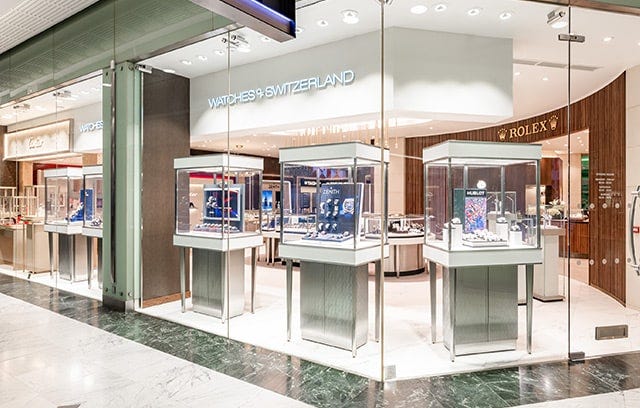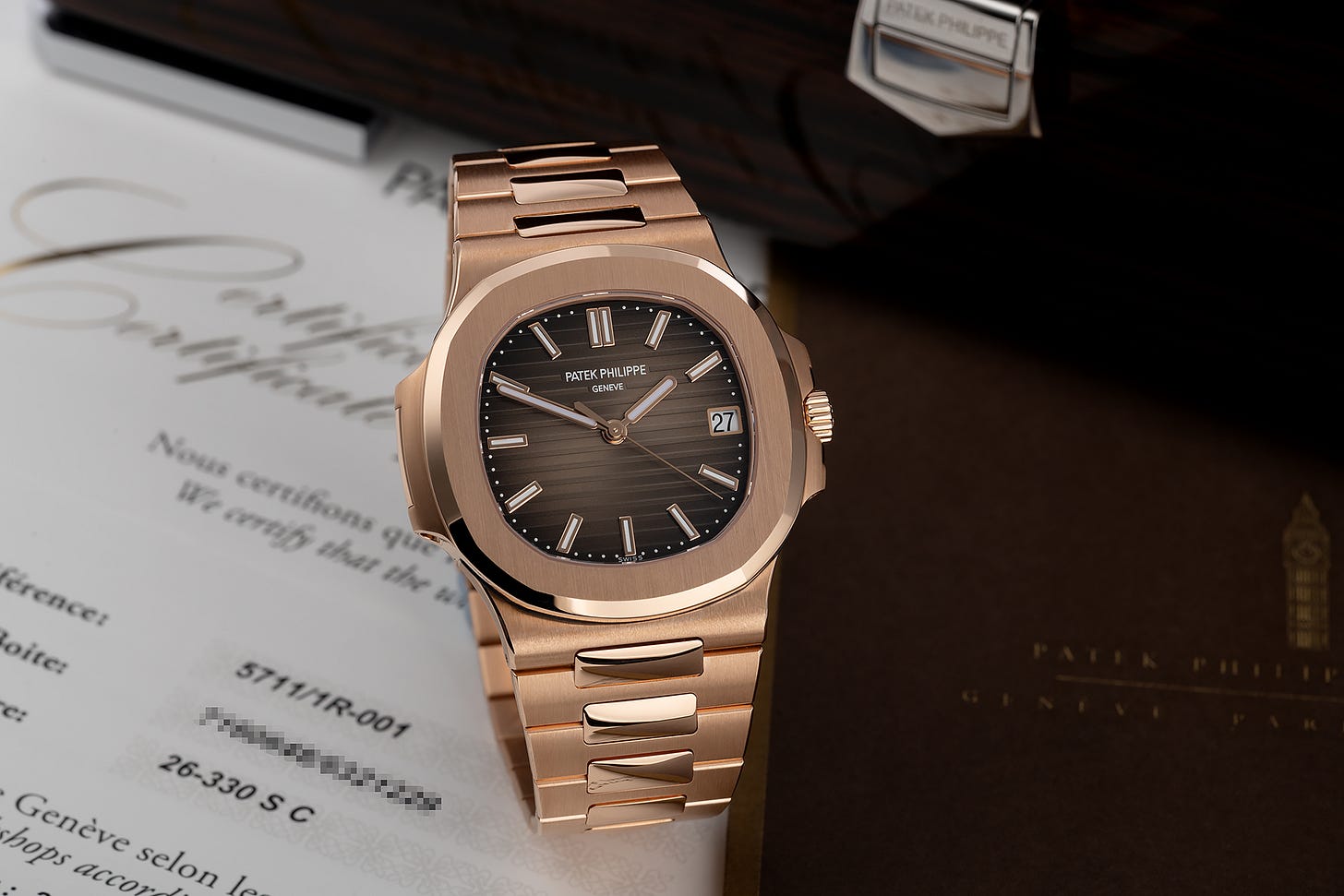These criminals vanished into thin air as if they were never there...
The day thieves outsmarted the world’s most secure watch fair
The Scene
Basel, Switzerland.
March 30, 2011.
The world’s most prestigious watch and jewellery fair, Baselworld, was in full swing. Inside the bright halls, millions of dollars’ worth of diamonds and timepieces gleamed under spotlights. Dealers, collectors, and journalists weaved through the crowds. Cameras flashed. Champagne glasses clinked. It was the epicenter of global luxury — a place where nothing was supposed to go wrong.
And yet, at precisely 11:00 a.m., in the midst of all that glitz, four diamonds — worth around 8 million Swiss francs — vanished into thin air.
No alarms.
No commotion.
Just a quiet, surgical act of theft.
The Heist
The victims were an Israeli diamond dealer exhibiting in Hall 3.0. According to reports later released by Swiss authorities, the thieves struck in the middle of a busy morning — when attention was scattered, and the booth was surrounded by curious visitors.
They didn’t smash glass or draw attention. They created a distraction.
One member of the gang spoke to the staff. Another blocked their view.
A third reached over the counter.
And in a heartbeat, the display case was empty.
Security was instantly alerted. Doors were sealed. The hall went into lockdown. But by the time police swarmed the area, the thieves had already disappeared — likely blending into the crowd, diamonds hidden in the smallest of containers, maybe even sewn into clothing.
At a fair where guards stood on every corner and cameras watched every move, they got away clean.
Behind the Curtains
Investigators later pieced together the crime. The heist wasn’t random. It was an inside job — or at least, an inside understanding.
The thieves knew Baselworld’s layout, its routines, and its blind spots. They were part of an Eastern European criminal network, experienced in high-value thefts across Europe. Police eventually identified a 54-year-old Croatian man as the ringleader, issuing an international arrest warrant. But he vanished, leaving authorities chasing shadows.
The diamonds were never recovered.
This was not Baselworld’s first heist — nor its last. In 2007, over a million francs in jewellery disappeared from another booth. Two years later, a theft worth 13 million francs stunned exhibitors. Baselworld, the fortress of luxury, was developing a quiet reputation: the world’s richest target disguised as an exhibition.
Why Baselworld?
Baselworld wasn’t just an expo — it was temptation on display.
Every March, hundreds of brands showcased prototypes and rare pieces that often never left vaults otherwise. Visitors roamed freely between booths, brushing shoulders with millions in assets.
Security was strict, but human error was softer.
A momentary distraction. A misplaced key. A staffer too focused on a client.
And that’s all it takes.
For professionals trained in timing and misdirection — thieves who could pass as collectors, dealers, even journalists — it was the perfect storm.
The Aftermath
Despite immediate police response, no arrests were made at the scene. A few suspects were identified later, but no one ever stood trial. The thieves were simply too good, and the goods too portable.
The organisers publicly downplayed the incident, calling it “isolated” and “under control.” But insiders whispered a different story. Exhibitors began hiring private security, installing hidden cameras, and tightening access to display cases.
Behind Baselworld’s polished image, paranoia spread quietly through the corridors.
Because if an 8-million-franc theft could happen here, in broad daylight — it could happen anywhere.
Why It Matters
This story isn’t just about diamonds.
It’s about the illusion of safety in the world of high luxury.
Collectors, dealers, even casual enthusiasts often see watches and jewels as symbols of prestige — but for the underworld, they’re portable fortunes. Easy to hide, harder to trace, and irresistible to steal.
Every Rolex, every Patek, every rare Omega Speedmaster represents not just craftsmanship… but currency.
And Baselworld 2011 proved that no matter how polished the glass or how bright the lights, someone’s always watching and waiting for the right second.
Watch of the Week: Patek Philippe Nautilus 5711/1R-001
In a story about value and vulnerability, no watch captures both better than the Patek Philippe Nautilus 5711/1R-001.
Born from Gérald Genta’s 1970s vision of sporty elegance, the Nautilus became the ultimate modern status symbol. The rose-gold 5711/1R-001, with its warm sheen and perfect proportions, embodies understated power — the kind of watch that quietly says, I made it.
Since Patek discontinued the model, prices have skyrocketed, often doubling or tripling on the resale market. That makes it not just a grail — but a target.
If you own one, you know the thrill of wearing it… and the subtle anxiety that follows.
Because pieces like this remind us that luxury always comes with risk — and sometimes, danger makes the story even more irresistible.
Closing Thought
At Baselworld 2011, four diamonds disappeared without a trace.
But what truly vanished that day was something less tangible — the illusion that even the world’s most guarded rooms are safe from time, chance, and human cunning.







